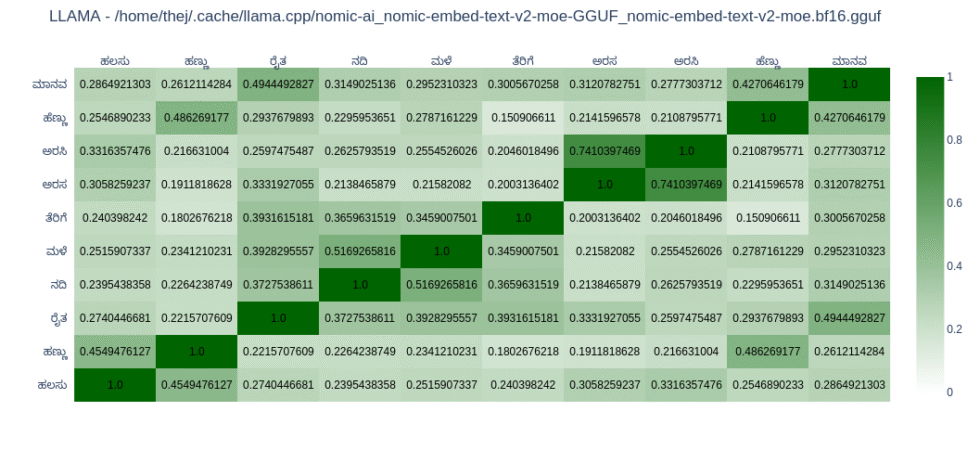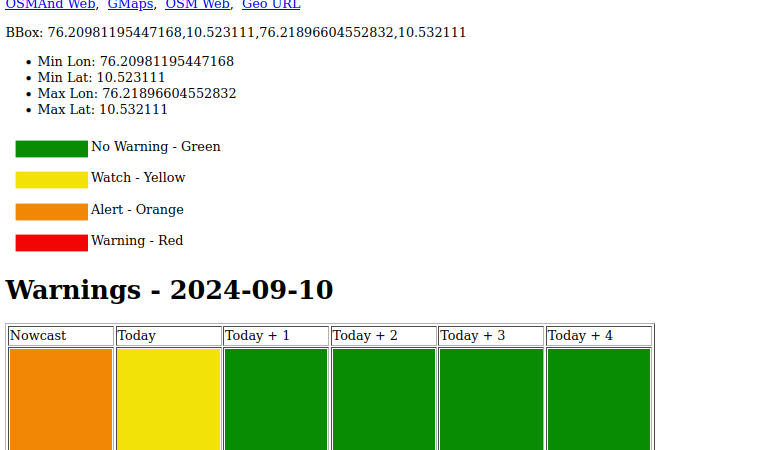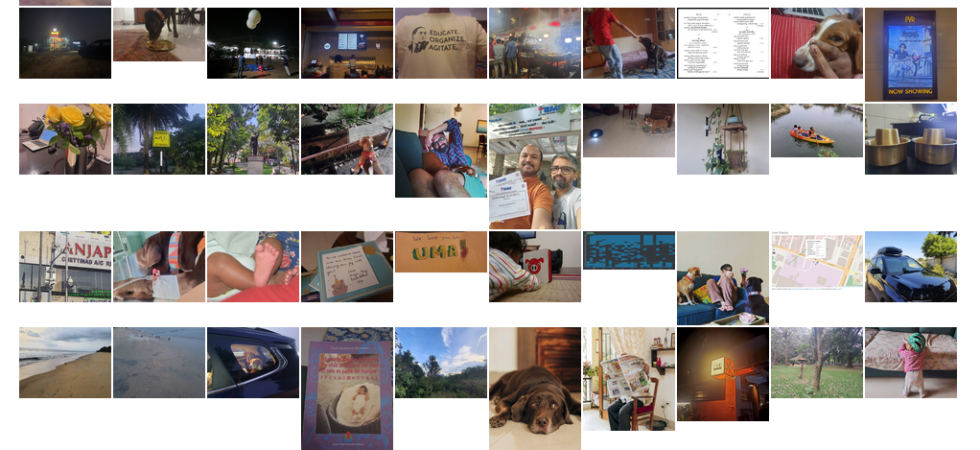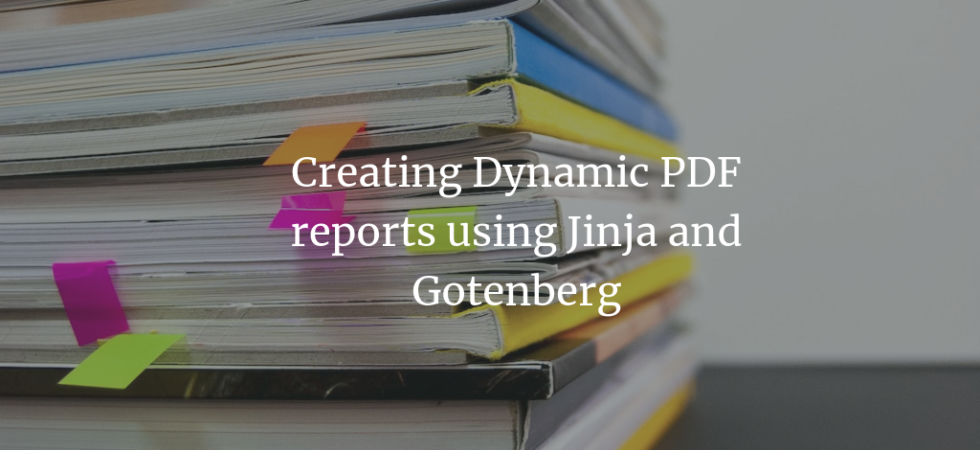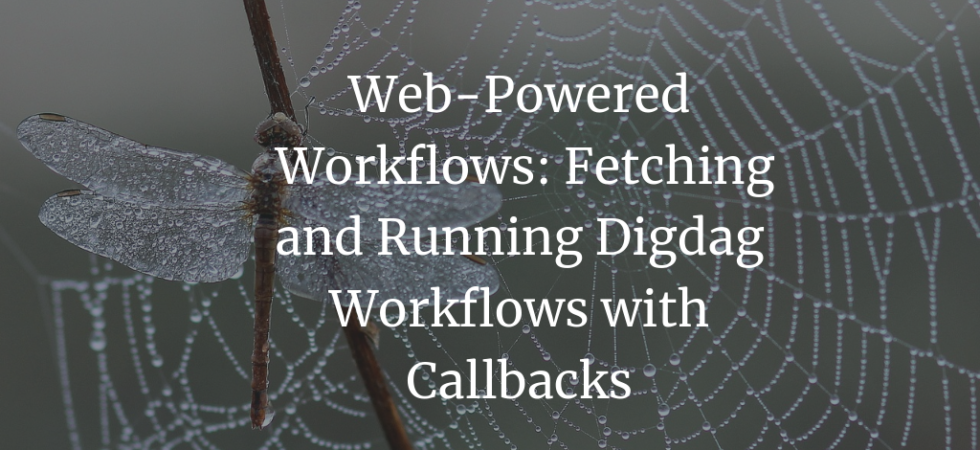Embedding models for Kannada
Table of Contents1 Open Weight Models1.1 nomic-embed-text-v2-moe1.2 paraphrase-multilingual1.3 bge-m31.4 snowflake-arctic-embed22 OpenAI Model2.1 text-embedding-3-large Embedding models transform words, sentences, documents, or digital items into vectors of numbers (usually floats) so that machines can understand and compare them semantically1. A good embedding model has enough information to capture the meaning and relationships in dense vector...
